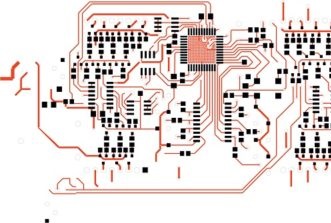This website uses cookies so that we can provide you with the best user experience possible. Cookie information is stored in your browser and performs functions such as recognising you when you return to our website and helping our team to understand which sections of the website you find most interesting and useful.
CAN XL Network Interface
Vector, a leading technology company in Germany, has recently unveiled a cutting-edge network interface designed for next-generation automotive CAN XL networks with speeds of up to 20Mbit/s. The Vector VN1641 is a state-of-the-art solution that meets the evolving requirements of future automotive CAN networks by offering flexible support for CAN XL, CAN FD, and classic CAN protocols.
The VN1641 is a versatile interface that caters to a wide range of tasks, from simple to complex. It can be used for various purposes such as bus simulation, analysis, diagnostics, calibration, and flash programming tasks. With its advanced capabilities, the VN1641 is well-equipped to handle the demands of modern automotive communication systems.
One of the key features of the VN1641 is its support for CAN XL, enabling data rates of up to 20 Mbit/s using CAN SIC XL transceivers. The interface also offers error signaling enabled and disabled modes, providing users with flexibility in managing error detection and correction. Additionally, the VN1641 incorporates hardware-based flash protocol support, ensuring fast flashing for both CAN and CAN FD applications.
Vector has further enhanced the functionality of the VN1641 by introducing software-on-the-loop (SIL) test capabilities to the debugger. This addition allows for comprehensive testing and debugging of CAN applications, ensuring optimal performance and reliability. The VN1641's adaptability to various CAN applications makes it a valuable tool for automotive engineers seeking future-proof solutions.
Moreover, the VN1641 boasts integrated IO functionality, enabling synchronous acquisition of signals alongside CAN/LIN messages and supporting switch loads of up to 500 mA via a digital output. Its robust yet lightweight design makes it suitable for use in diverse settings, whether in an office, laboratory, test bench, or even in a vehicle without the need for an external power supply. The interface can be easily connected to a host computer via USB 3.2 Gen1 or Ethernet 1000BASE-T, offering seamless integration and high-speed data transfer.














